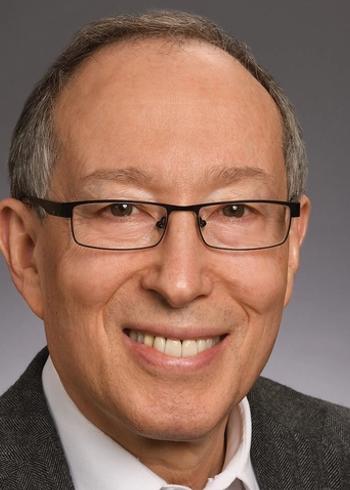
|Slideshows|April 7, 2020
Gender-based pay disparities and discrimination in medicine
Author(s)Jeffrey Bendix, Senior Editor, Logan Lutton
Recent survey reveals that women still experience a great amount of gender bias in medicine.
Advertisement
The healthcare recruiting firm Merritt Hawkins recently conducted a survey on discrimination issues to 43,000 women practitioners, of whom 429 responded. A summary of the results follows, with an emphasis on primary care.Â
Newsletter
Stay informed and empowered with Medical Economics enewsletter, delivering expert insights, financial strategies, practice management tips and technology trends — tailored for today’s physicians.
Advertisement
Latest CME
Advertisement
Advertisement
Trending on Medical Economics
1
Protected EHR time cuts after-hours work with little productivity loss, study finds
2
Epic monopoly on EHRs is hurting U.S. health care, Texas AG says
3
Point-of-care testing, with Daniel Krajcik, D.O., MBA
4
Building a bank for doctors: The origins of Panacea Financial
5














